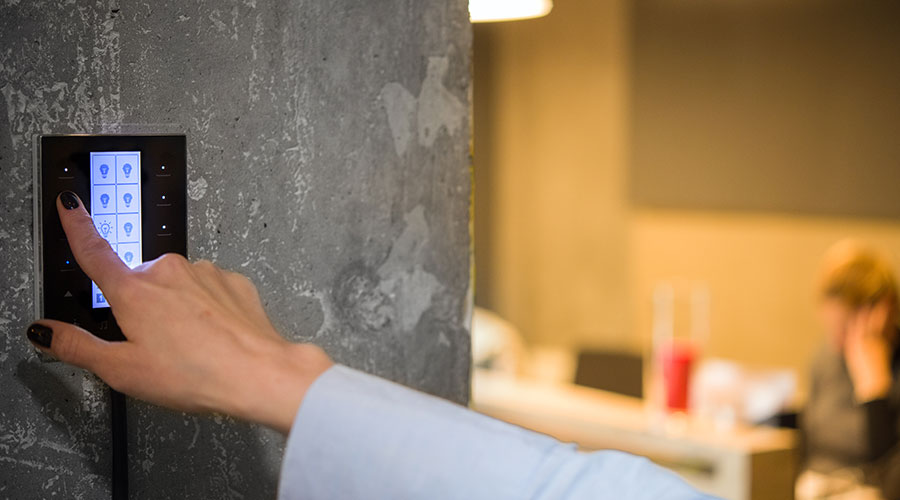Advanced Lighting Controls Offer Greater Automated Load Shedding Capability
An increasingly important feature of advanced lighting controls is the ability to automate load-shedding to reduce peak electrical demand. In some locations, the demand component of the electric bill may be as high as the actual usage. Increasingly, electric utilities are establishing load-shedding programs. If you agree to reduce your facility's load by a certain amount on select days of the year, you qualify for a reduction in your rates or electric bill. With advanced systems, you can preprogram some or all of the lighting zones to dim or turn off based on how much you need to reduce the facility's load, as well as the severity of the event as defined by the utility. Some systems currently allow you to input a signal from an ADR (automatic demand response) server. Therefore, after preprogramming the desired behavior of the lights, no more user interaction is required. Lighting is a great way to reduce load, because you can usually dim lights to about 70 percent before it's even noticeable.
Interacting With Controls
Another feature of state-of-the-art control systems is how you interact with them. The programs that drive these systems usually reside on a dedicated server (or a virtual server in the cloud), and are often accessed via a web page or similar method. Programming options are robust, so the software is always accessible via a computer. Some systems also have ways for users to interact via devices such as tablets, smartphone apps, etc. Most systems have graphic user interfaces that allow you to see the state of individual zones of light overlaid on a plan of the space. Some also allow you to interact with lights through the GUI (this can be considered a form of manual override). Additionally, every advanced system has methods of reporting usage — via a dashboard as well as through downloading usage data. Lastly, all advanced systems have methods to log and report events as well as alarms for conditions that require attention. Extremely sophisticated systems may even report on maintenance issues, such as lamps or ballasts requiring service or replacement. Most systems also have methods of automatically sending email alerts to designated staff.
Related Topics:















